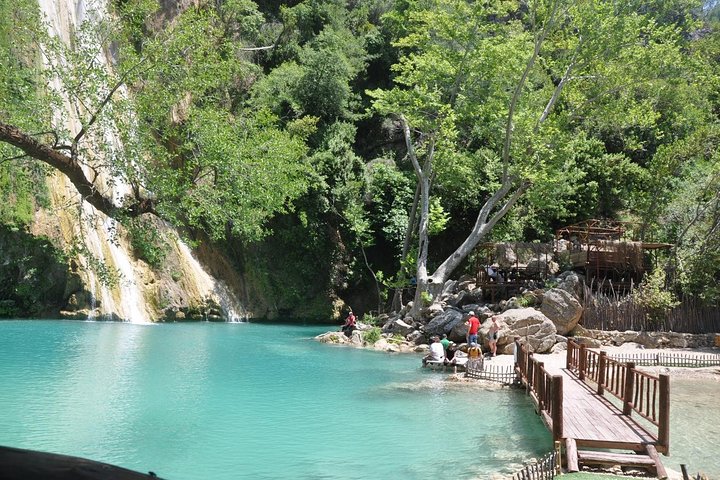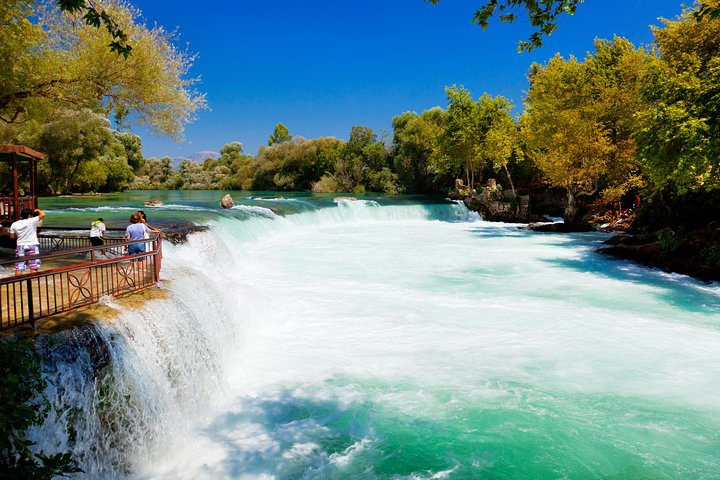Exploring the Timeless Ruins of Perge, Aspendos, and Side
Drawn by the allure of ancient ruins and the whispers of history, I embarked on a journey through Perge, Aspendos, and Side. Join me as I explore these captivating sites and uncover the stories they hold.
A Journey Through Time: Perge and Aspendos
As a former professor of European history, I have always been drawn to the ancient ruins that whisper stories of the past. My recent journey to the ancient cities of Perge and Aspendos in the Pamphylia region of Turkey was nothing short of a historian’s dream. The day began with a visit to Perge, a city that once stood as the capital of Pamphylia. Walking through the Roman Baths, the Agora, and the Colonnaded Street, I could almost hear the echoes of ancient merchants and citizens bustling about their daily lives.
The stadium, one of Turkey’s best-preserved, was a marvel to behold. Its grandeur reminded me of the many lectures I gave on Roman architecture, and seeing it in person was a profound experience. The sculptures unearthed here, now housed in the Antalya Museum, are a testament to the city’s rich artistic heritage. As I wandered through the ruins, I couldn’t help but reflect on the city’s transformation from the Hittite period to one of the most organized cities in Anatolia during the Roman era.
Our next stop was the Aspendos Ancient Theatre, a structure that has stood the test of time since the 2nd century A.D. With a capacity of 15,000, it is still used for festivals and concerts today. The theatre’s acoustics are legendary, and standing in its center, I imagined the voices of ancient performers resonating through the stone seats. Despite some historical inaccuracies shared by our guide, the theatre’s magnificence was undeniable.
Side: A Port City of the Past
After a delightful lunch by a riverside restaurant, where the buffet mezze was a culinary delight, we journeyed to Side, a city that once served as a bustling port and the largest slave market in the region. The Roman Baths and the Temple of Apollo are just a few of the remnants that speak to the city’s vibrant past. As I explored the ruins, I was reminded of the many stories of trade and conquest that shaped this region.
The Temple of Apollo, with its towering columns, stands as a symbol of the city’s historical significance. It was here that I took a moment to reflect on the blend of cultures that have passed through Side, leaving their mark on its architecture and history. The free time we were given allowed me to delve deeper into the city’s past, reading the placards and imagining the lives of those who once walked these streets.
While our guide’s historical interpretations were at times questionable, the beauty and significance of the sites we visited were undeniable. The day was a reminder of the importance of preserving these ancient treasures for future generations to explore and learn from.
Nature’s Touch: Manavgat Waterfall
Our final stop was the Manavgat Waterfall, a natural wonder that provided a serene contrast to the ancient ruins we had explored. The sound of rushing water and the lush greenery surrounding the falls offered a moment of tranquility. It was a perfect end to a day filled with historical exploration.
As I stood by the waterfall, I couldn’t help but think of the countless travelers who have visited this site, each leaving with their own stories and memories. The waterfall, much like the ancient cities, is a testament to the enduring beauty of nature and history.
In conclusion, this journey through Perge, Aspendos, and Side was a captivating blend of history and nature. Despite some historical inaccuracies from our guide, the experience was enriching and left me with a deeper appreciation for the ancient world. For those who share my passion for history and architecture, this tour is a must-see. Explore Ancient Cities













































